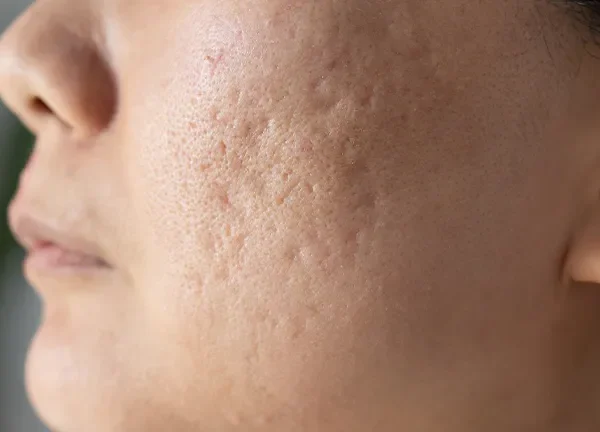Acne scars can be tough to deal with, and there’s no one-size-fits-all solution. The best treatment really depends on your skin type, the kind of scars you have, and how severe they are. Sometimes, combining a few treatments works better than just one.
Here’s a breakdown of the most common and effective options:
1. Radio Frequency Microneedling (Skin Needling)
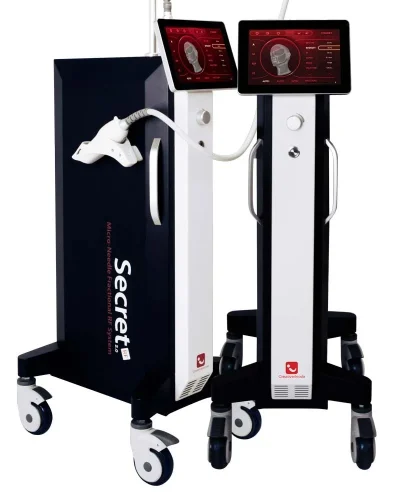
Radio Frequency Microneedling is a popular treatment that combines tiny needles with radiofrequency energy to stimulate collagen production, the natural protein responsible for keeping your skin firm and smooth.
Brands like Vivace and Morpheus8 offer advanced microneedling technologies that help rejuvenate your skin.
As your skin heals, it becomes softer, smoother, and more even in tone. This treatment can effectively reduce the appearance of acne scars, fine lines, large pores, and uneven texture. With minimal discomfort and little to no downtime, Radio Frequency Microneedling is a safe, minimally invasive procedure that suits most skin types.
For optimal results, it’s often recommended to undergo a series of sessions. Over time, your skin will appear healthier, fresher, and more radiant, making it a great option for those seeking a glowing complexion. Brands like Vivace and Morpheus8 are trusted for delivering noticeable improvements with precision and care.
2. Laser Treatments
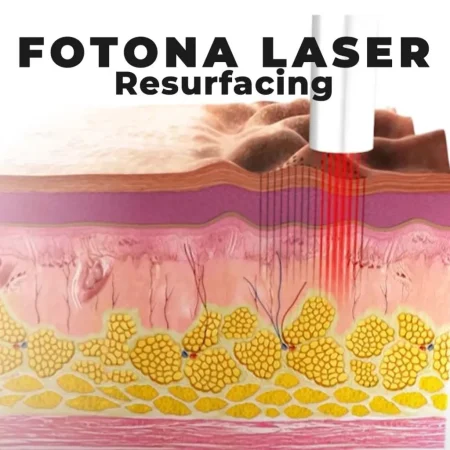
Laser treatments are a popular option for reducing acne scars and improving skin texture. They work by removing damaged skin layers and encouraging the growth of fresh, healthy skin. This process also boosts collagen, which helps smooth and firm the skin.
There are two main types of lasers: ablative, which removes surface skin, and non-ablative, which works deeper without affecting the top layer.
Both types can reduce scars, fine lines, and uneven skin tone over time
3. Biostimulators: Radiesse and Sculptra Fillers
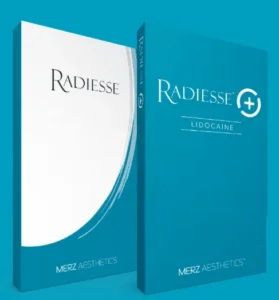
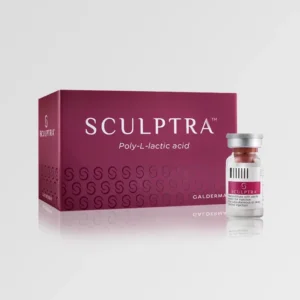
Biostimulators like Radiesse and Sculptra are advanced dermal fillers designed to enhance your skin’s natural rejuvenation process. These fillers do more than just add volume; they stimulate collagen production, a vital protein that keeps skin firm, smooth, and youthful.
Radiesse contains calcium hydroxylapatite (CaHA) microspheres, which immediately improve skin volume while gradually stimulating collagen growth for long-lasting results. It is often used for contouring and lifting areas like the cheeks, jawline, and hands.
Sculptra, on the other hand, is made from poly-L-lactic acid (PLLA). It works by restoring facial volume lost due to aging, promoting collagen production over time for a gradual, natural look. It’s especially effective for addressing hollow or sunken areas.
Both options provide minimally invasive solutions with noticeable, lasting results. Consultation with a skilled professional is key to determining the best treatment for your individual needs and goals. With Radiesse and Sculptra, you can achieve a refreshed, youthful appearance.
4. Chemical Peels
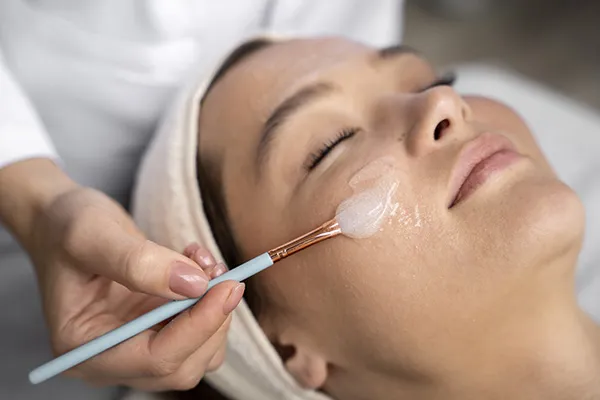
The treatment is available in three levels—light, medium, and deep peels—each tailored to meet specific needs. Light peels are gentler, ideal for minor imperfections, while medium peels address moderate concerns and provide more noticeable results. Deep peels are the most intensive option, delivering the strongest outcomes, but they come with a trade-off: higher risks such as potential skin discoloration
5. Subcision

Subcision is a simple, effective, and cost-efficient treatment for deep scars, particularly those caused by acne or other conditions. The procedure involves inserting a fine needle under the skin to target and break up the fibrous scar tissue that tethers the scar to the underlying layers. By disrupting this tough scar tissue, the skin is encouraged to lift and smooth out, leading to a more even and improved appearance.
This minimally invasive treatment can significantly reduce the visibility of deep scars over time, with results becoming more noticeable as the skin naturally heals and produces collagen. Subcision is generally performed in a dermatologist’s office and has little downtime, making it a convenient option for many patients.
6. Dermabrasion & Microdermabrasion
7. Excision & Punch Grafting
8. Botox

If scars make your skin pucker, Botox injections can offer a temporary solution. These injections work by relaxing the muscles and skin around the scar, giving it a smoother and less noticeable appearance. This can be particularly helpful for scars that create tightness or uneven textures.
However, it’s important to note that the effects of Botox are not permanent. Over time, the relaxation effect wears off, and the appearance of the scar may return to its original state. To maintain the results, regular follow-up treatments are necessary, usually every few months, depending on individual responses to the injections.
9. Soft Tissue Fillers
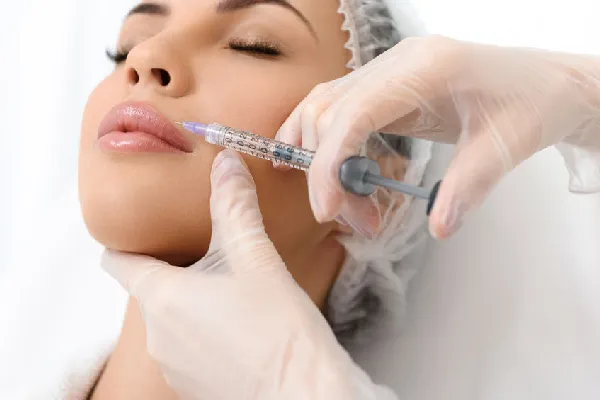
10. Home Care Basics
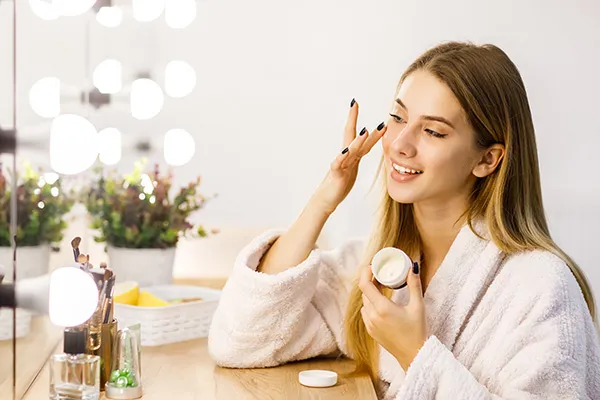
Final Thoughts
With so many advanced treatments available, the best way to find what works for your skin is to consult with an experienced dermatologist. At Queens Medical Center, our specialists take a personalized approach to help you achieve the clear, smooth skin you deserve. In many cases, a combination of treatments over time delivers the most noticeable results.
Acne scars may be stubborn—but with expert care at Queens Medical Center, healthier, more confident skin is absolutely possible!






